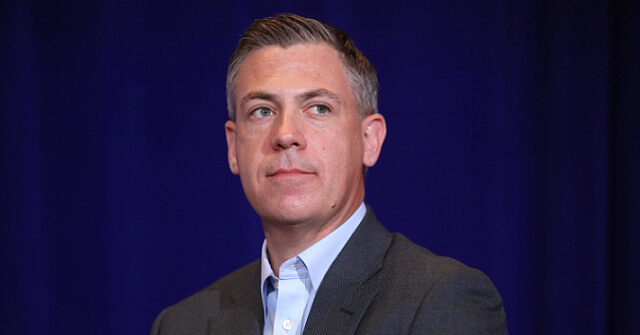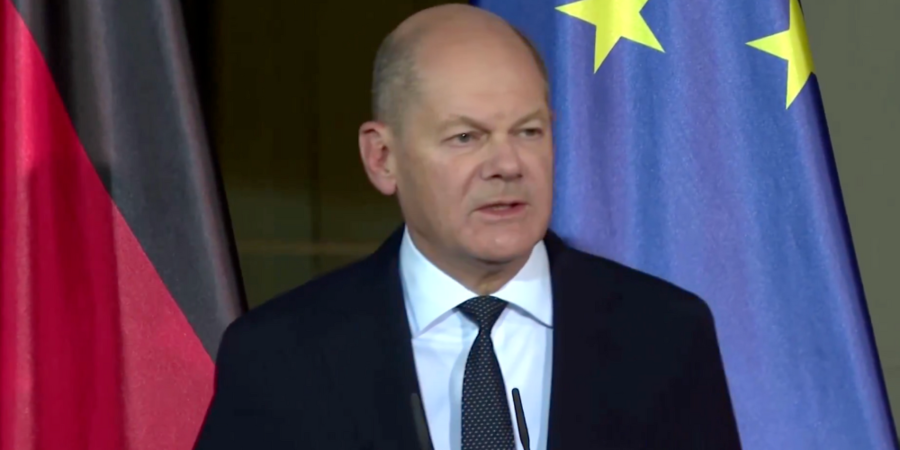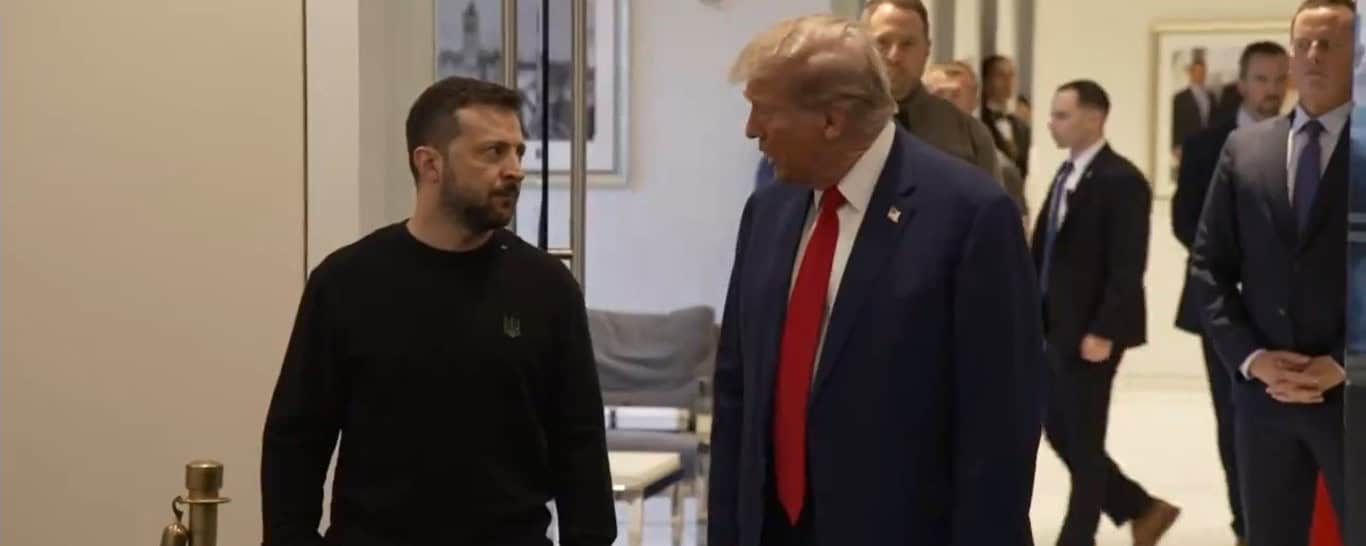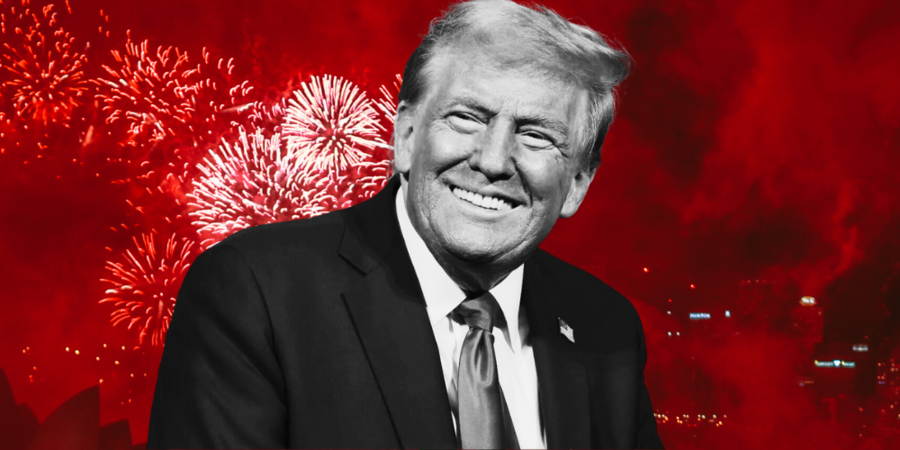Sen-Elect Jim Banks Stuns Dana Bash with Mass-Deportation Plan: Not ‘That Complicated’
CNN’s Dana Bash appeared stunned as Senator-elect Jim Banks (R-IN) said Republicans will secure the border and carry out a mass deportation operation of illegal aliens, as they promised and the American people voted for.
The post Sen-Elect Jim Banks Stuns Dana Bash with Mass-Deportation Plan: Not ‘That Complicated’ appeared first on Breitbart.
German Chancellor Olaf Scholz’s left-wing Trump-hating coalition falls apart, paving the way for a snap election
The Social Democrat Chancellor is now leading a minority government.
Hezbollah Targeted Israel’s Trump Heights The Day After Election
Hezbollah Targeted Israel’s Trump Heights The Day After Election
This week Hezbollah rockets targeted Israel’s Trump Heights settlement, a remote community in the central Golan Heights – which was taken from Syria after the Six Day War of 1967.
Iranian state media as well as a report in Lebanon’s Al-Mayadeen indicated that Hezbollah specifically targeted Trump Height the day after he won the Tuesday US presidential election.
“Sirens sounded in Trump Heights as Hezbollah rocket attack targeted the Golan Heights on Wednesday,” an Israeli regional sources also said. “The attack came shortly after the election results were announced, indicating that Trump was the victor.”
The tiny Jewish settlement was named after Trump in 2019, during his first term, in acknowledgement of his declaring that the US recognizes Israel’s sovereignty over the Golan Heights.
It was an ultra-controversial move at the time, given most of the rest of the world considers it “Israeli-occupied territory” belonging to Syria.
At the time of the attack sirens blared not just in Trump Heights, but across other locations of northern and central Israel.
But the “Trump Heights” designation has always been more about a PR move for the existing community to improve and expand, as the Associated Press explains:
But a large-scale influx of new residents never materialized after that 2019 ceremony, and just a couple dozen families live in Trump Heights, or “Ramat Trump” in Hebrew. Job opportunities are limited, and Israel’s more than yearlong war against Hezbollah militants in nearby Lebanon has added to the sense of isolation.
Trump’s election has inspired hope in the community that it will attract more members and also more funding for security improvements.
Hezbollah is salty after Trumps win.
Hezbollah launched rockets targeting Ramat Trump, the town named after Trump in recognition of his acknowledgment of the Golan Heights as part of Israel. pic.twitter.com/ecp6ISgAmx
— Open Source Intel (@Osint613) November 6, 2024
One resident observed that “President Trump’s return to the White House definitely puts the town in the headlines.”
It had also made big headlines when Israeli Prime Minister Benjamin Netanyahu went there for an unveiling ceremony in 2019. During that June 2019 ceremony, BBC noted that “Building work has yet to begin but a sign bearing Mr Trump’s name and US and Israeli flags was unveiled. However, it also noted that “Critics called the move a publicity stunt with no legal authority.”
Tyler Durden
Fri, 11/08/2024 – 18:00
US to send contractors to Ukraine to maintain military equipment
The United States aims to send a “small number” of contractors to Ukraine to help maintain advanced weapons like the warplanes and air defense systems provided to Kyiv, a US defense official said Friday. Washington has been a key military backer of Ukraine, committing more than $60 billion in security aid since February 2022, but […]
The post US to send contractors to Ukraine to maintain military equipment appeared first on Insider Paper.
US announces charges in alleged Iranian plot to assassinate Trump
US prosecutors announced charges on Friday in an alleged Iranian plot to assassinate former president Donald Trump and a prominent dissident Iranian-American journalist. The foiled assassination plot on Trump was allegedly directed by Iran’s Islamic Revolutionary Guard Corps to avenge the death of Iranian general Qassem Soleimani, who was killed in 2020 in a US […]
The post US announces charges in alleged Iranian plot to assassinate Trump appeared first on Insider Paper.
NICOLE RUSSELL: College girls standing up for fair play gives hope to younger athletes
Women at the collegiate level are standing up for fair play, but they’re still facing an uphill climb.
Elon Musk took part in Trump-Zelensky call: Ukrainian official
Elon Musk took part in a phone call between Ukrainian President Volodymyr Zelensky and US President-elect Donald Trump after his election victory, a senior Ukrainian official told AFP Friday. “I confirm it,” the presidency official who asked to remain anonymous told AFP, saying that the claim in a report by US news site Axios about the […]
The post Elon Musk took part in Trump-Zelensky call: Ukrainian official appeared first on Insider Paper.
Leftist Women Shave Their Heads in Protest of Trump Victory
Some leftist women are inexplicably shaving their heads in protest of President-elect Donald Trump’s decisive victory.
The post Leftist Women Shave Their Heads in Protest of Trump Victory: ‘F**k Being Hot,’ That’s What the ‘Patriarchy’ Wants appeared first on Breitbart.
DAVID KRAYDEN: Happy days are here again—Trump’s victory might have saved America
“No presidential candidate or former president has ever been subject to such a barrage of chronic abuse from morons who all claimed Biden was sharper than a tack even as he waved to ghosts and welcomed people who weren’t there at official events. “
Contrived Scarcity and Antitrust Lawsuits—“It’s Not a Bag, It’s a Birkin”
Birkin bags are pricey and the producer restricts its potential buyers. Unfortunately, disgruntled customers who don‘t want to follow the company‘s rules are now appealing to US antitrust law to force Birkin to bend to their wishes. This is more evidence of the bankruptcy of antitrust law.
















